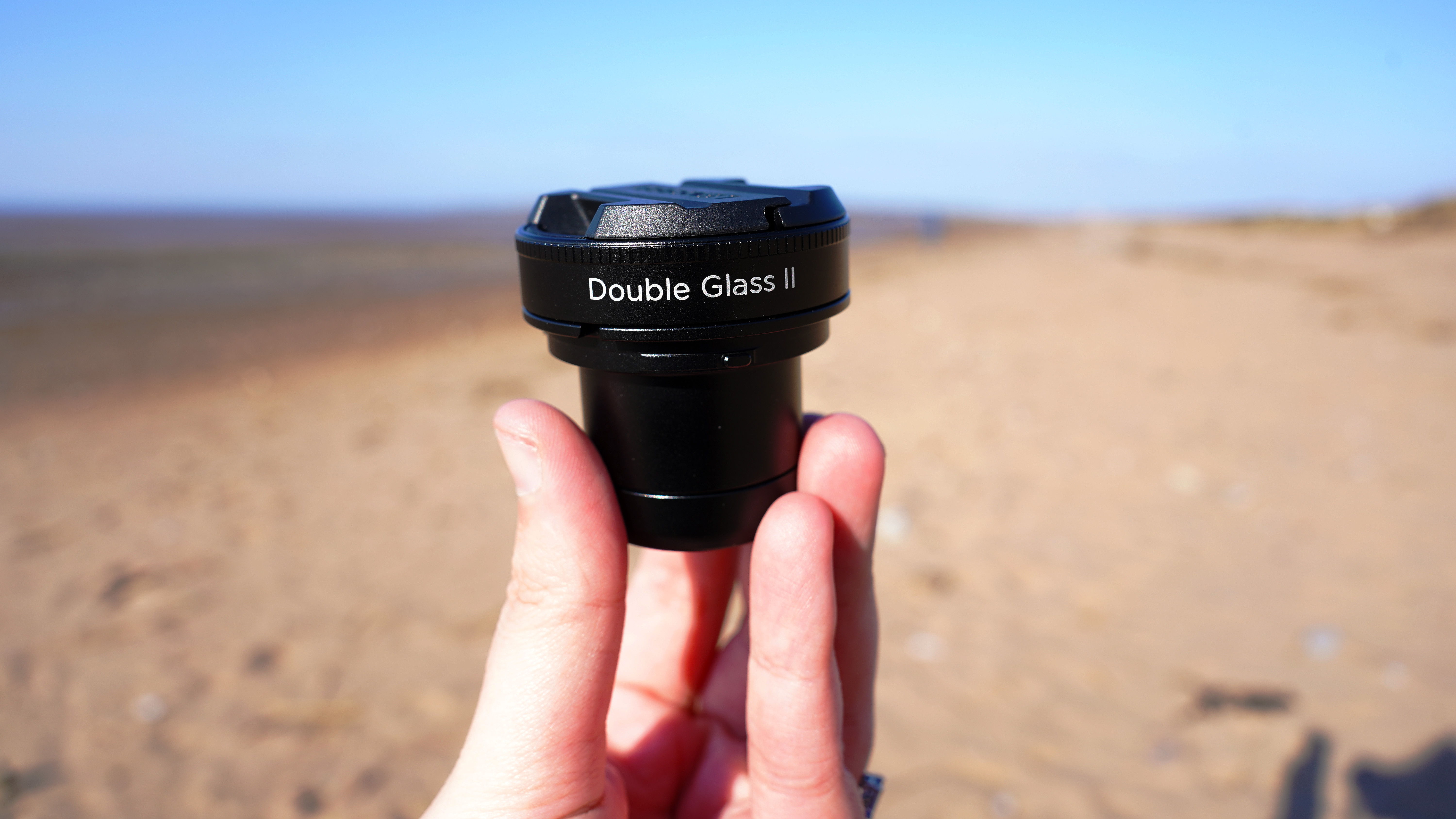
Who needs post-production and fancy editing techniques when you've got a Lensbaby equipped? Easily one of the best Lensbaby and Lomography lenses on the market right now, the Lensbaby Double Glass II Optic kept me on my toes for sure. These creative art lenses aren't designed for your typical every day and bog standard photography, and only the truly innovative types can harness the power of these super quirky lenses. Which is where I struggled.
It's not easy to use one of these lenses for the first time, and with the manual focus element aside, the hardest part of using a Lensbaby is finding a worthy subject to test the magic out on - but once you do, you'll never want to ditch the optic swap system of these lenses and go back to the basic primes.
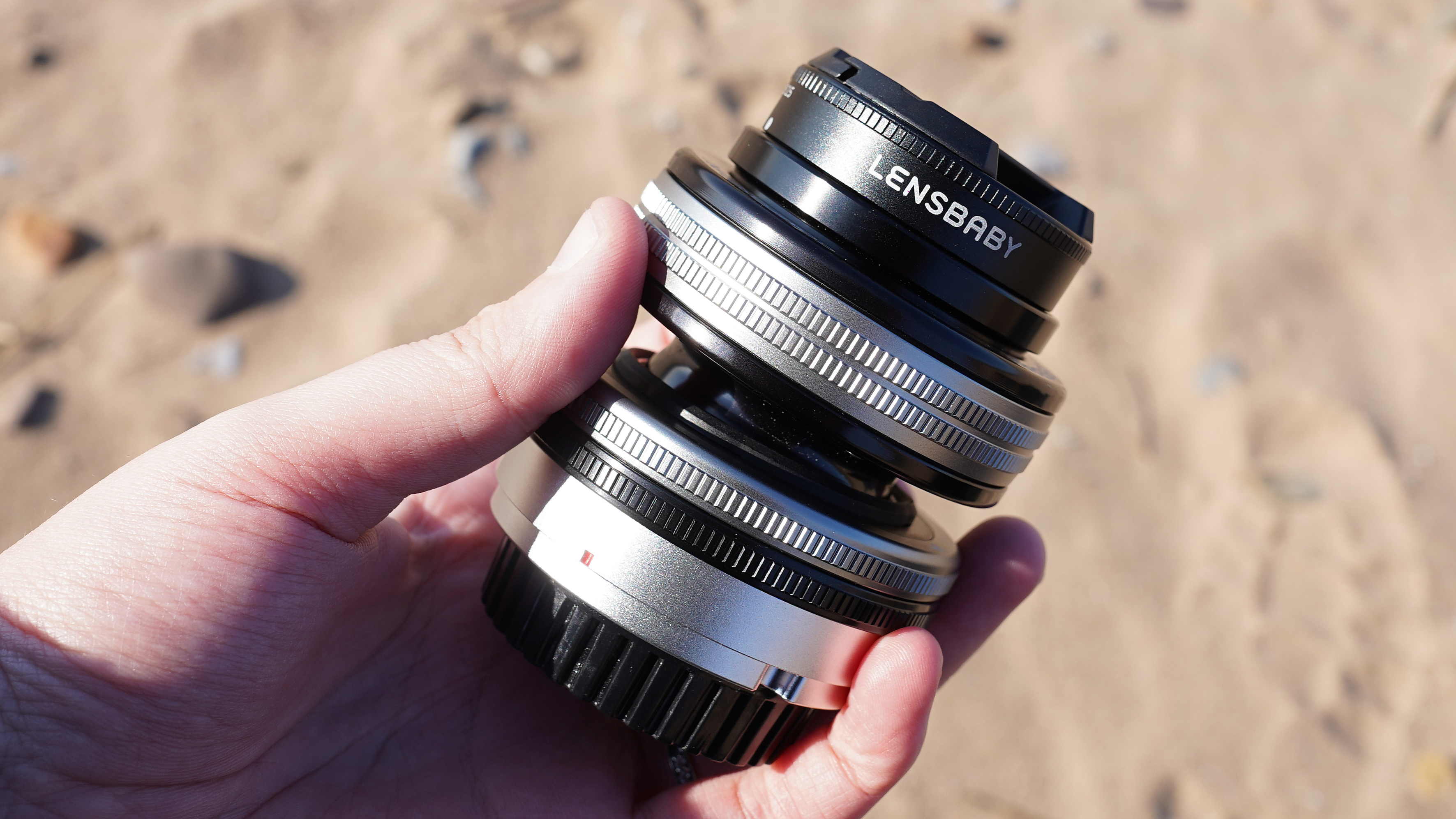
The Lensbaby Double Glass II Optic was released just last month, and improves on its 2008 predecessor with an all-metal construction, as well as its nine drop-in magnetic aperture disks and 12-blade aperture system, allowing you to add texture to even the most out-of-focus areas of an image, transforming bokeh into the shape of a heart, star, spiral, and even a flock of flying birds if you fancy.
Lensbaby is renowned for its one-of-a-kind and unique special effects lenses in the form of both traditional stand-alone lenses that can be mounted to most modern camera (and even mirrorless) bodies, as well as what it calls "optics" that function as part of a swap-system that require a lens body for the optic to be inserted into.
I used the Double Glass II optic with Lensbaby's Composer Pro II lens body as a package, which is designed to tilt and swerve the optic while moving the area of focus around with ease - but there's also the Spark 2.0 body I could've used instead that looks more like a bendy pipe, as well as predecessors to both of these lens body's which can be used and are compatible with all optics.
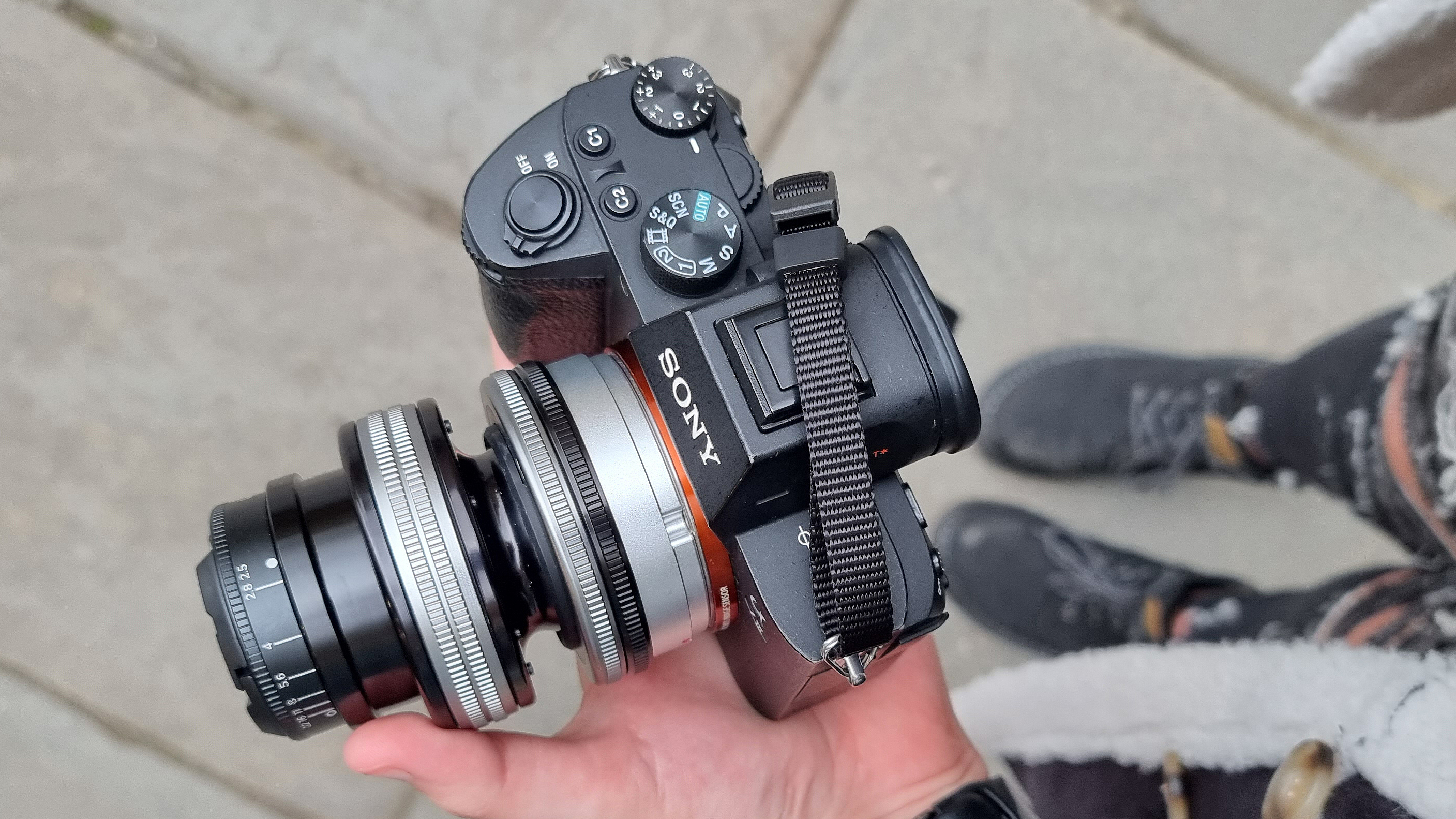
Lensbaby Double Glass II Optic Specifications
Mount: Optic only, requires Lensbaby mount/body
Full frame: Yes
Image stabilization: No
Autofocus: No
Lens construction: 2 elements in 1 group
Diaphragm blades: 12
Aperture: f/2.5 to f/22
Minimum focusing distance: 380mm (15.0in)
Maximum focusing distance: Infinity
Filter size: 46mm
Dimensions: 3 x 3" / 76.2 x 76.2 mm
Weight: 137.4 g
What's in the box?: Lensbaby Double Glass II Optic + the Composer Pro II lens body (if bought as a bundle!), aperture disks in a handy storage key, front and rear lens caps, QR code tag linking to the Lensbaby product page.

Lensbaby Double Glass II Optic Key features
If you've never used a Lensbaby optic before, then the Lensbaby Double Glass II is the perfect one to start with. The 50mm focal length is ideal for almost any shooting situation and the maximum aperture of f/2.5 can create some ultra-dreamy and often intense amounts of bokeh.
As mentioned above, Lensbaby optics each have a trick up their sleeve, and the 50mm Lensbaby Double Glass II is designed to be sharp, while finding that sweet spot of focus surrounded by a vortex of blur, bokeh, and creative effects.
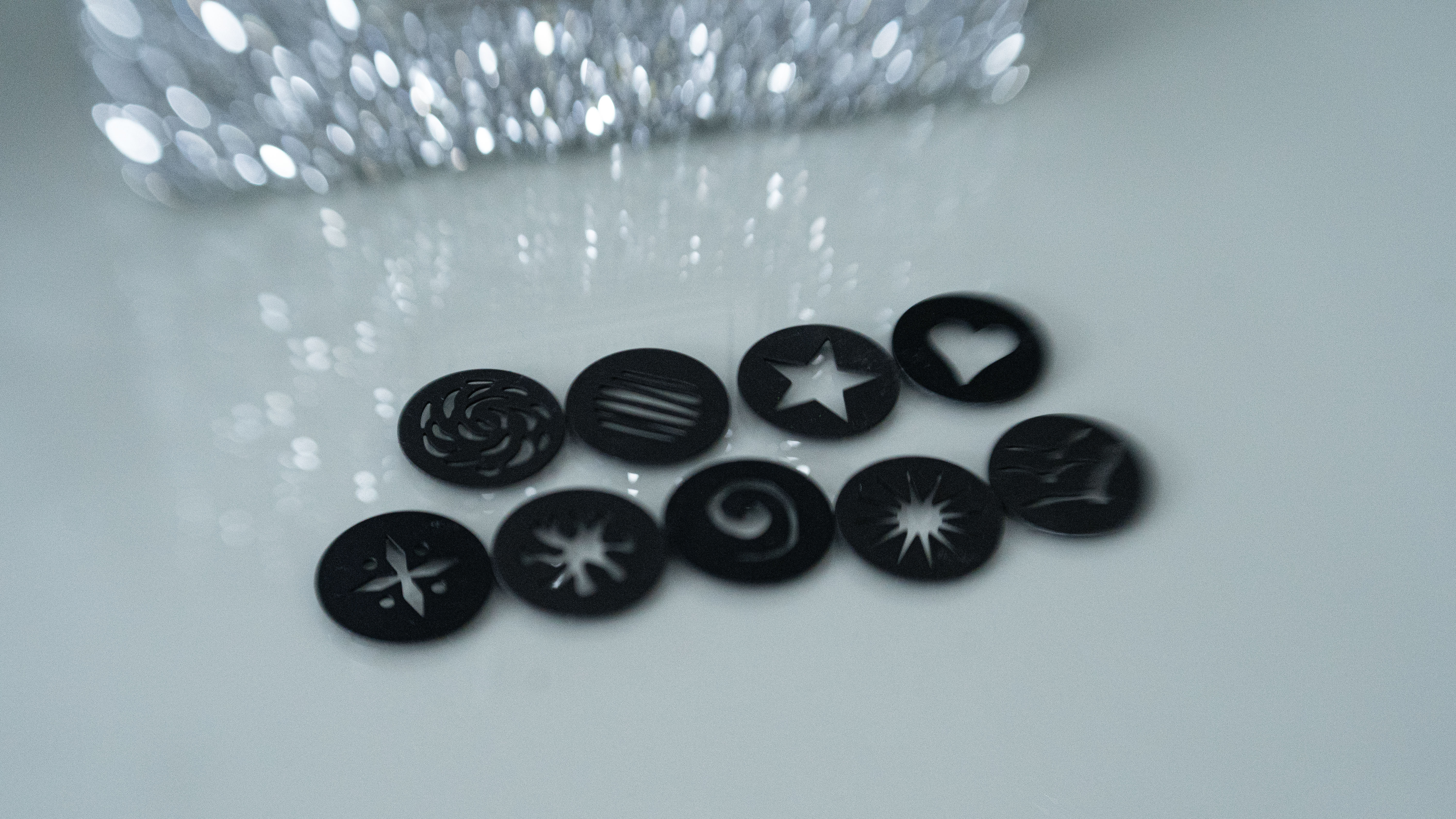
The other special gimmick of this optic that differs from its predecessor is the dual aperture system, a 12-blade manually adjustable internal aperture that ships with magnetic drop-in bokeh-changing disks to enhance creativity one step further.
The idea is to swap out the inside optic to achieve a desired fun effect - whether you choose a sweet 50mm or sweet 35, velvet 28, twist 60, or the Edge 35 Optic - to create various selective focus effects at different focal lengths that are ideal for all scenarios depending on the subject and theme of your shoot. The Lensbaby Double Glass II is compatible with any of the Lensbaby Optic Swap Lens Bodies.
Lensbaby Double Glass II Optic Build and handling
The Lensbaby Double Glass II Optic boasts an all-metal and very sturdy construction that feels solid yet super lightweight to hold in hand. It slots easily into the Composer Pro II by twisting the ring on the Composer barrel and sliding it in gently.
The optic when used with Lensbaby's Composer Pro II body can be tilted around in a super bendy format which tilts and swivels, moving the area of focus. It feels very strange to use at first but is definitely handy for finding that sweet focus spot and adjusting the sharp area up, down, and around the field of view.

The metal ring on the top of the composer can be twisted to lock your optic in a fixed position once you've found the perfect focus, and it also has a Mechanical Aperture Ring on the front of the optic to adjust the internal aperture with ease. The combined Double Glass II and Composer Pro II unit has a 45° angle of view when used on a full-frame camera sensor.
The Lensbaby Composer Pro II is compatible with all old and newer Lensbaby optics, and available in modern mount formats for newer cameras, meaning a few veteran Lensbaby shooters are upgrading to the Pro II body as they upgrade their camera systems too, while still able to use their original optics with it.
Lensbaby Double Glass II Optic Performance
If you're someone who likes to have the whole image in focus, then this is not the lens or optic for you. The Lensbaby Double Glass II is a very tricky thing to figure out in the early stages of testing, and plenty of times I was sure that I had gotten an image in sharp focus, only to find when enlarging the image on my laptop that I couldn't have been more wrong.
But with that said, if you're already accustomed to using a manual focus lens and haven't relied on autofocus and a pair of short-sighted glasses to guide you through your photography journey thus far, then the Double Glass II should be an absolute breeze for you to work with after you master finding the perfect focal point.
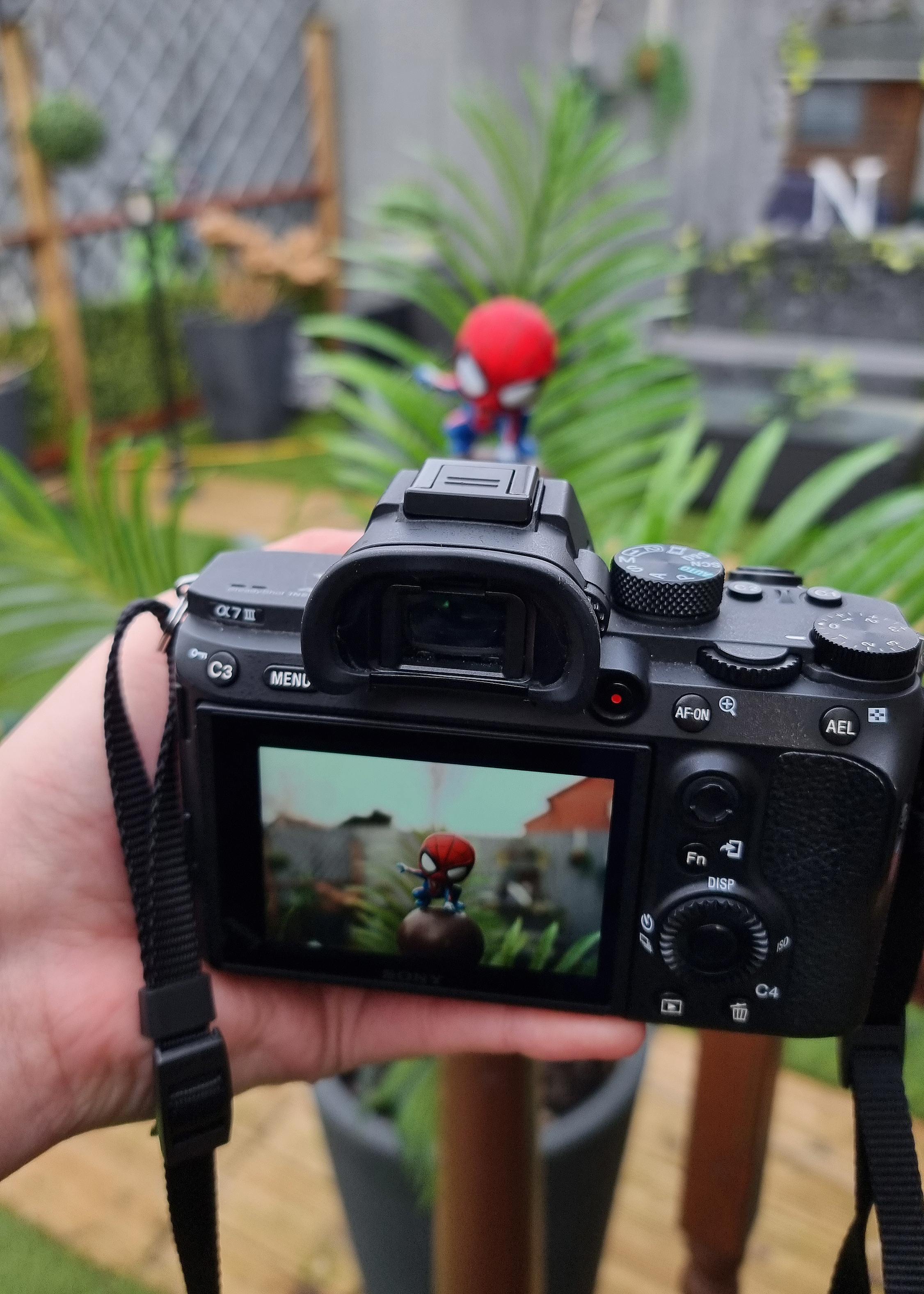
I started out shooting some street photography in the city of Bath with this lens, simply to get used to photographing moving subjects such as people and pigeons, as well as a few interesting shop window finds, and then I discovered that coffee shop lights were the ideal subject for experimenting with the drop-in aperture disks.
The gallery of sample images below will show you the unedited jpegs I shot using the Lensbaby Double Glass II optic paired with the Composer Pro II in a Sony E mount used with my mirrorless Sony A7III camera.
I also found that toy photography was another perfect match for this optic, able to bring some magic into the image with complete control over the focal range, aperture, and levels of blurriness used to curate an abstract image.
Sample Images
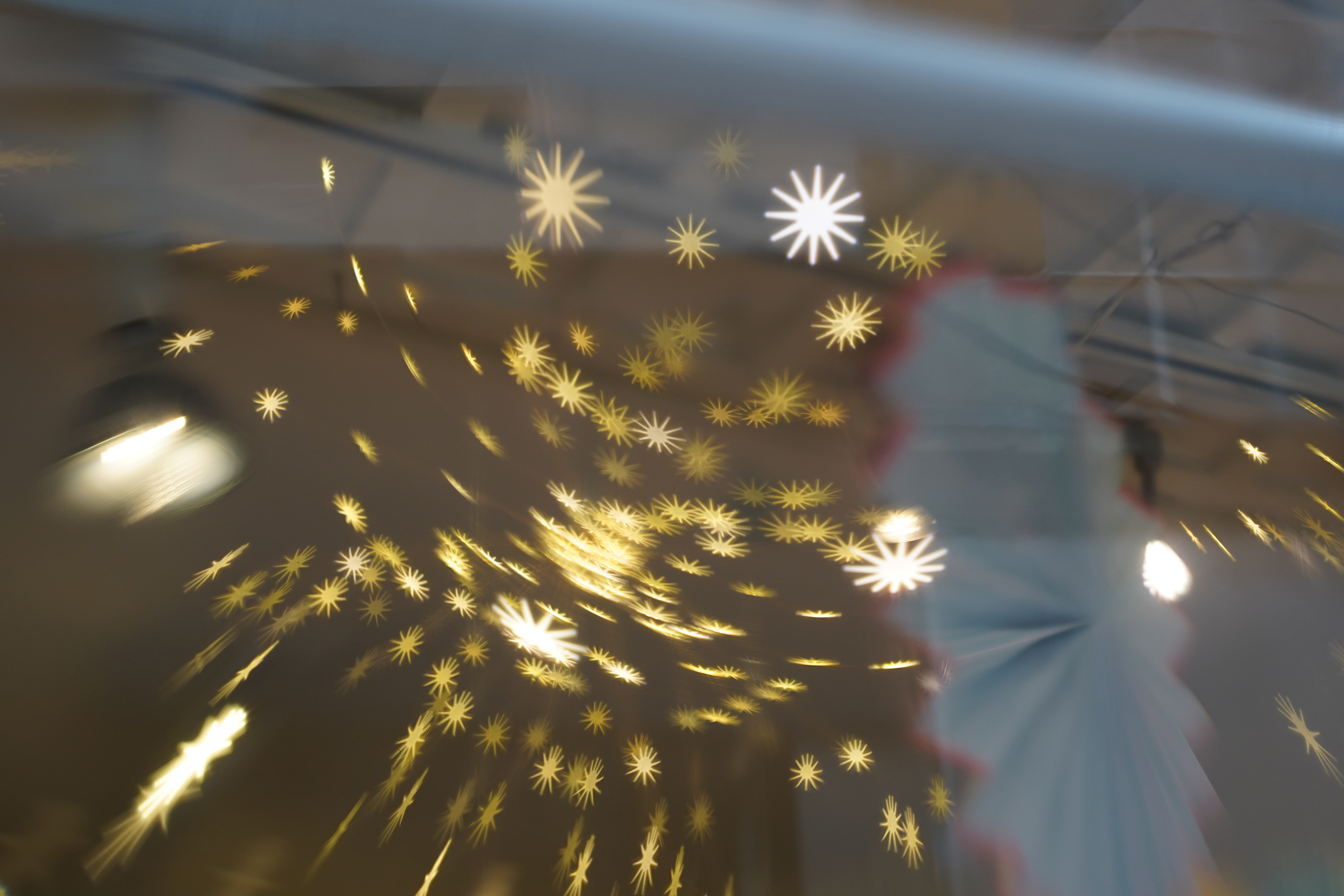

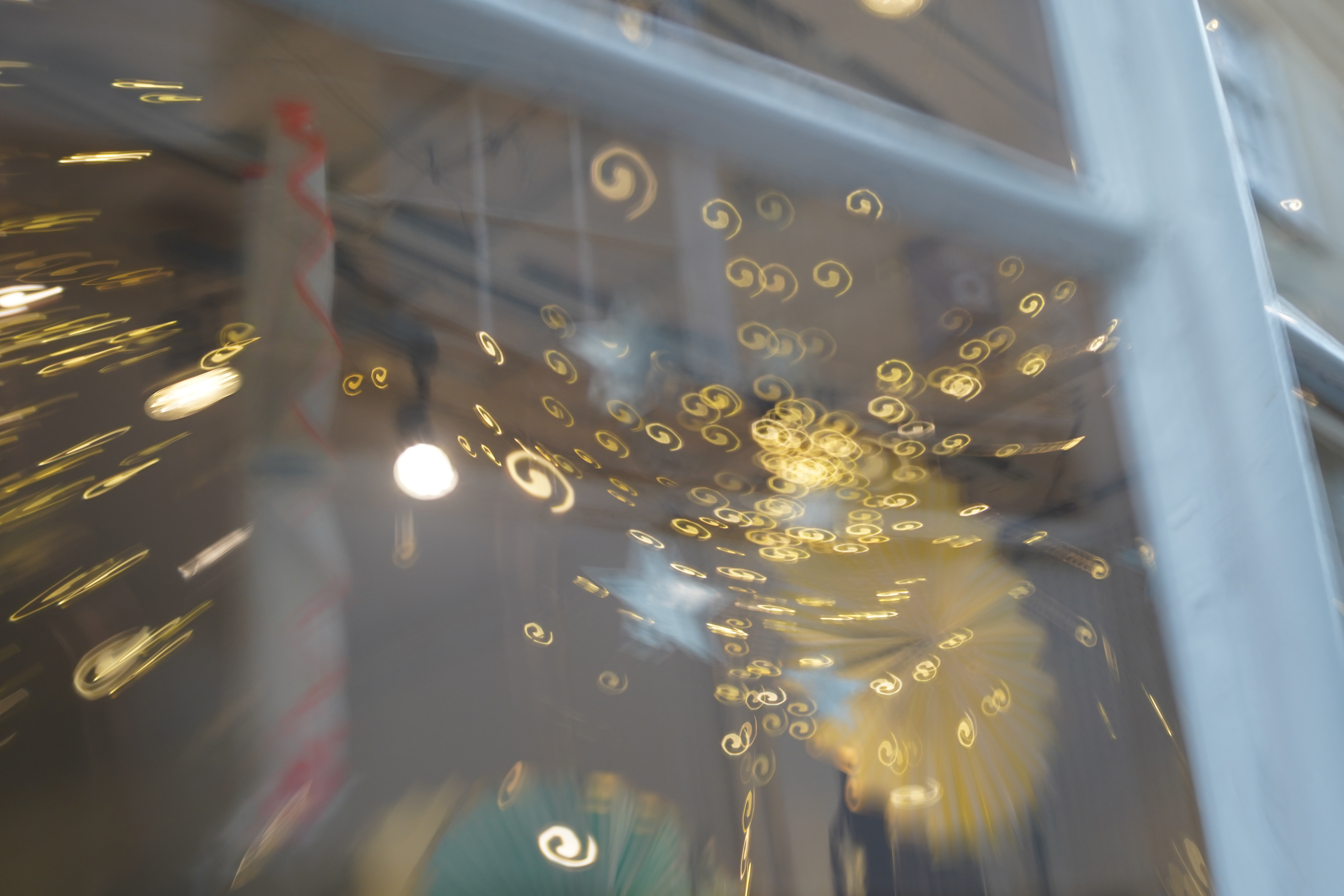



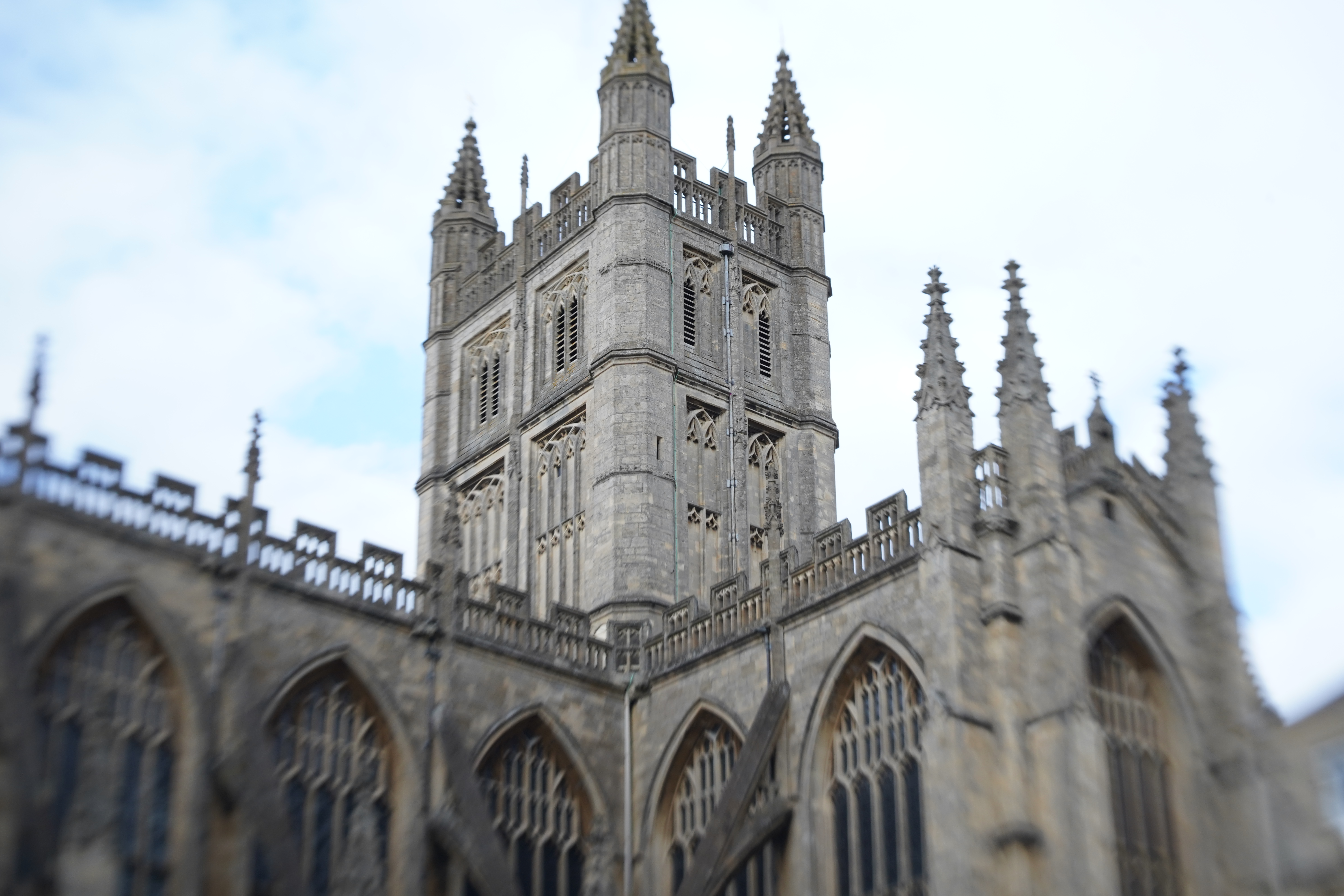




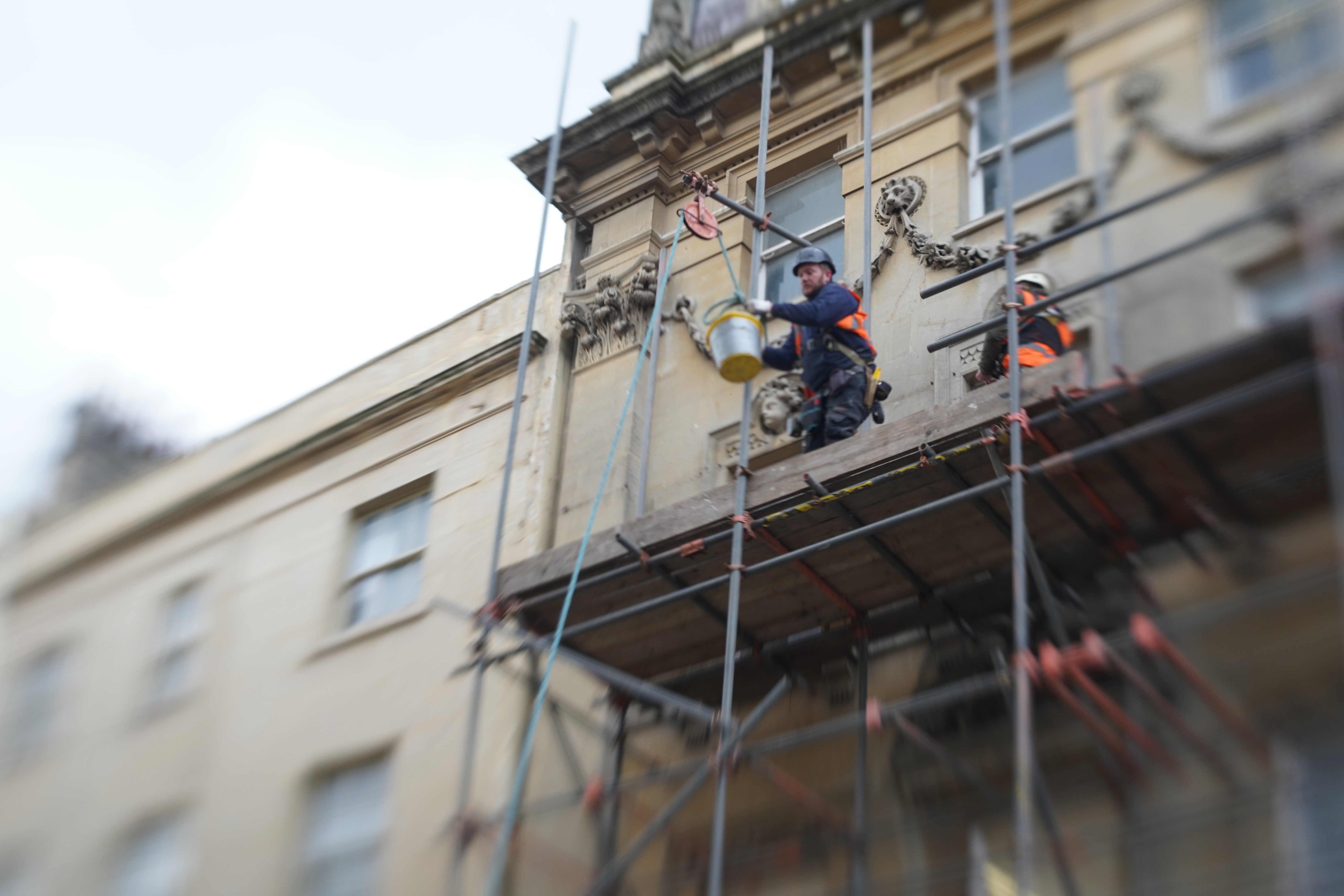
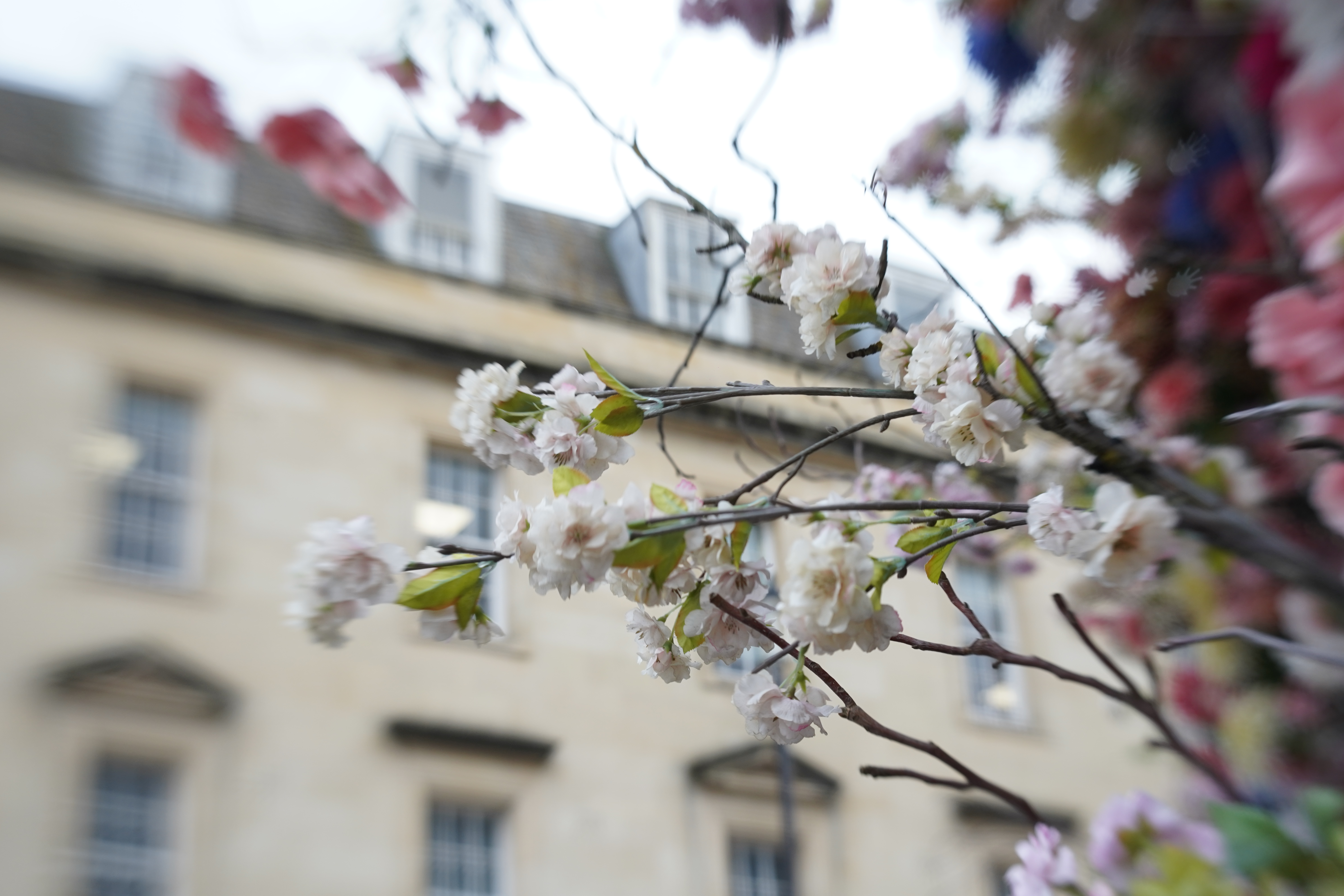

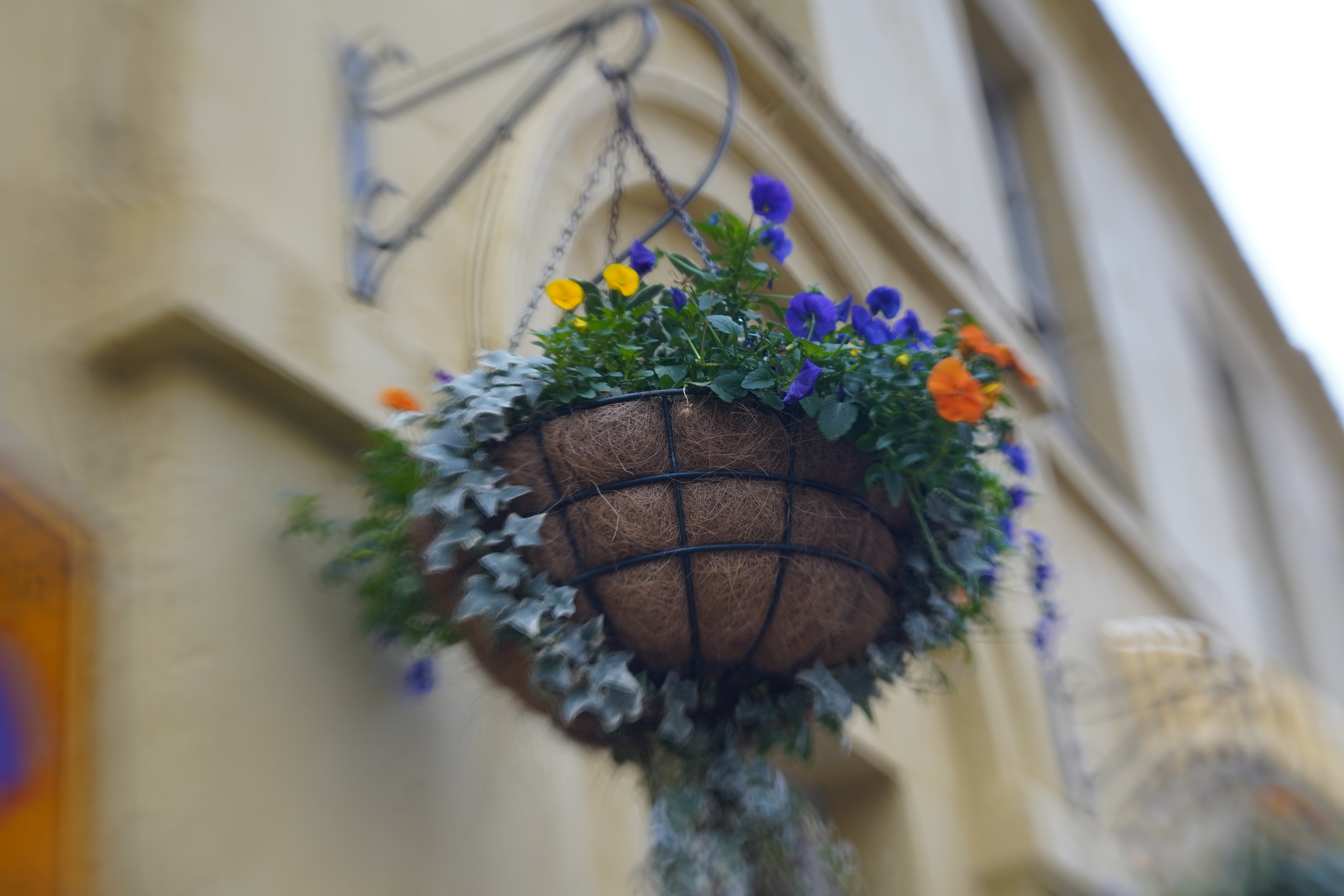



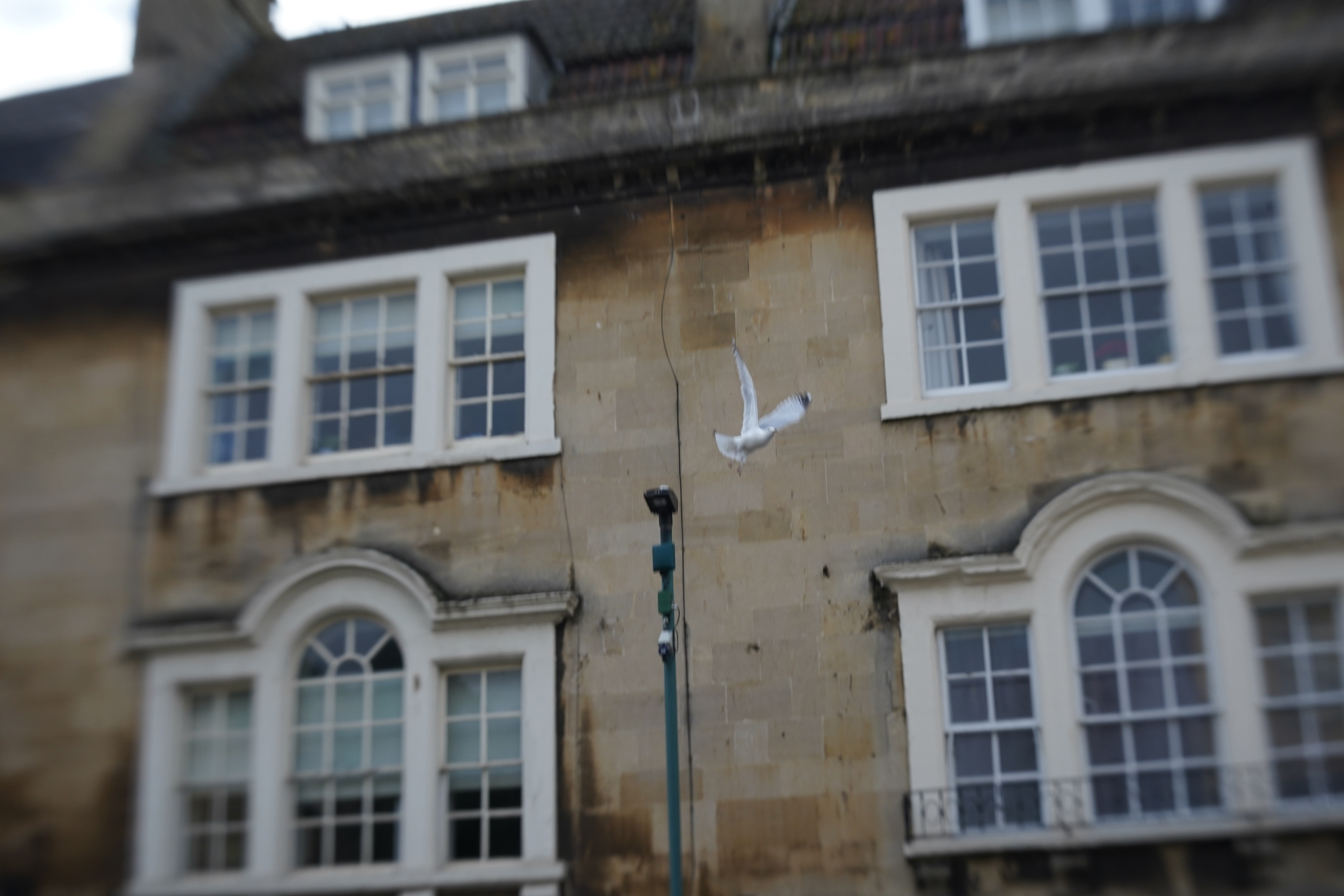

As you can see from the image gallery above, my focusing skills while using a manual lens on the move are definitely not up to scratch. But given the opportunity to slow things down and really harness the focus, using a still object such as the kart from the Mario Kart Live Home Circuit set, produced a much cleaner and sharper result.

I also tested the Lensbaby Double Glass II + Composer Pro II using my woofer for a model, as is standard with pretty much every camera that comes through the house for her sniff of approval. See - My dog absolutely hates this pet camera.
I loved that her nose was in focus for a lot of the images, and the soft blur surrounding her face and eyes blended together so delicately.




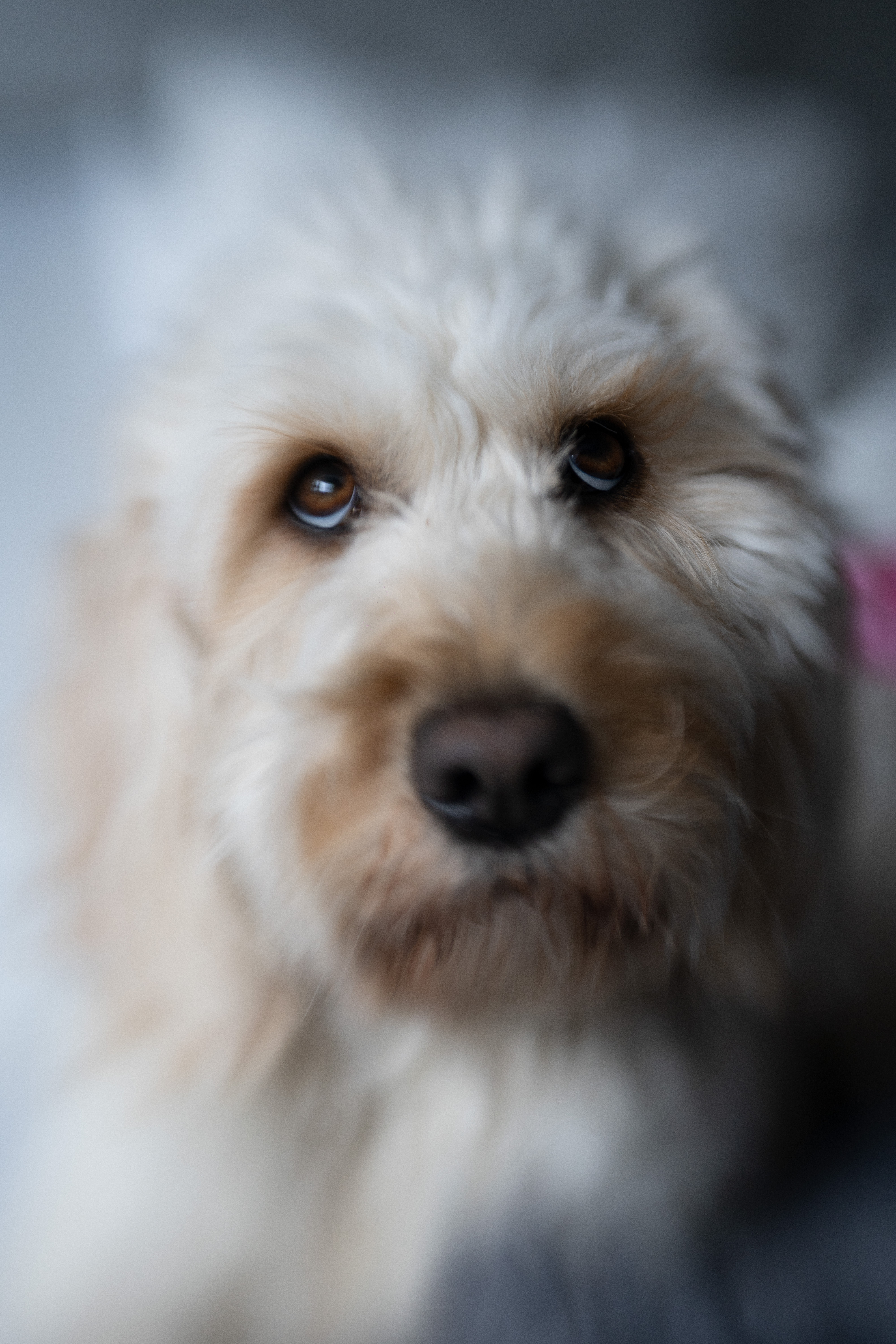

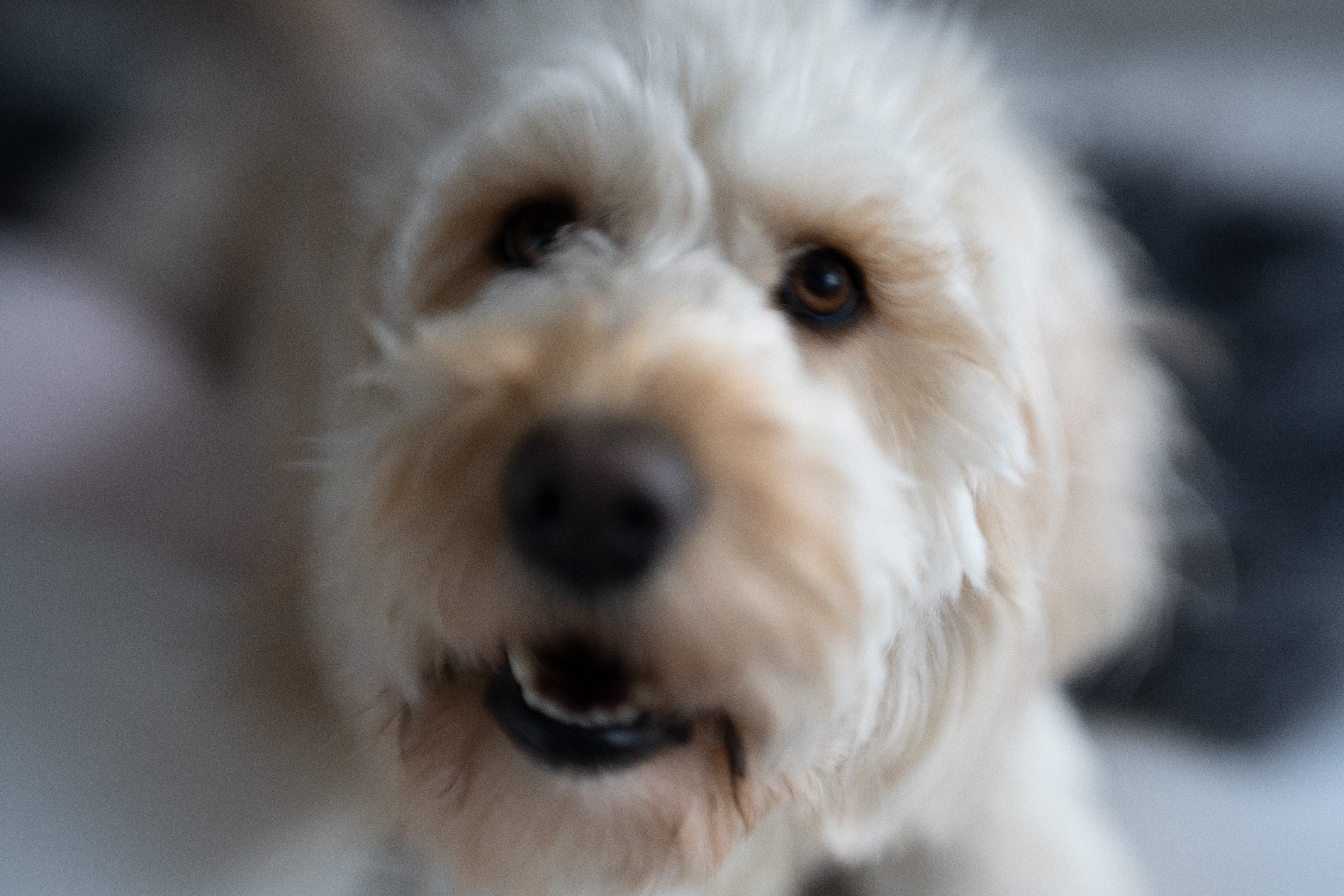

Lensbaby Double Glass II Optic Verdict
The Lensbaby Double Glass II Optic is a fantastic bit of kit for those who are looking to get super creative with their photography, find new inspiration, and to branch out to different genres and subject matter. This lens might not suit someone who doesn't have a lot of patience, as it will take time to learn, understand, and experiment with to really discover what this optic can do and the best ways in which to use it.
I really did have a lot of fun when getting to test this lens, and the only critique I would give is that some of the results are a little too unique for my personal tastes as a photographer, and I wouldn't consider most of the shots I got for a portfolio inclusion or would I ever use the optic in a professional or studio shooting environment.
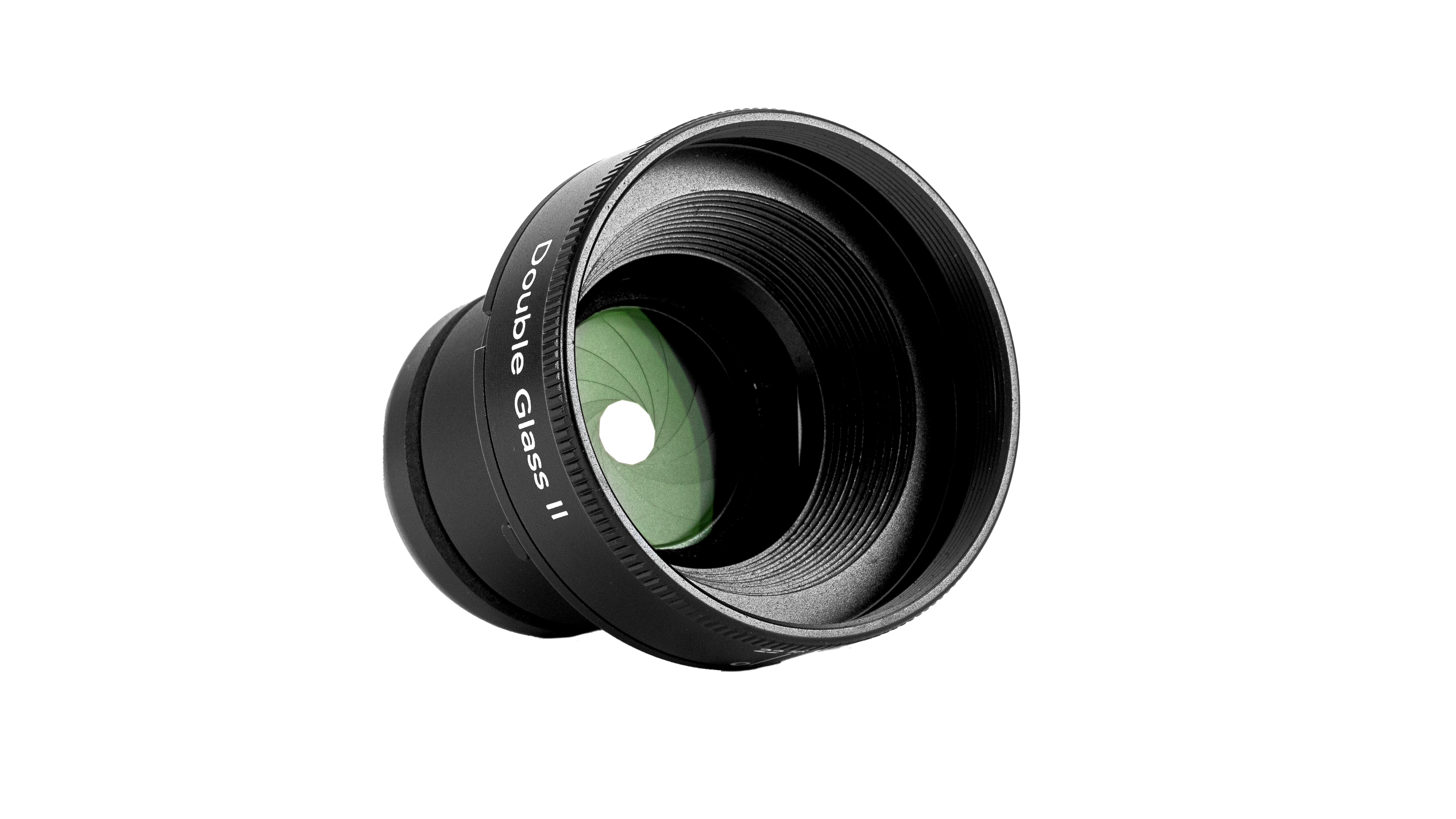
While the magnetic bokeh-changing element of this optic is certainly very cool, and will save photographers the task of having to create their own disks diy-style out of toilet roll tubes and spare cardboard, these niche images resemble a very juvenile style of photography that you would find in perhaps 2012 on Pinterest or tumblr, but hey - that's just my opinion.
Some photographers might love this image effect and that's okay too. If you're one of them - get yourself a Lensbaby mount and optic purely to satisfy any curiosity that you might have, and turn it into creativity. The best part about these optics is that they're super affordable for those who maybe want to dip their toes in the water without making a huge commitment, and it's far cheaper to experiment this way than buying specialist lenses.
• You might also want to check out our guides to the best lenses for bokeh, as well as the best lenses for portraits, and not forgetting the best tilt-shift lenses for creating a controlled blur, and the best macro lenses for toy photography.
• If you want some inspiration, you can read how to take otherworldly photos with the Lensbaby SoftFocus II or add some psychedelic flare with the Lensbaby Omni, and discover the Lensbaby monthly Photowalks.







